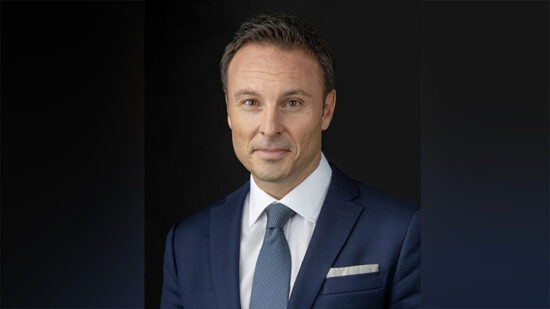Its new process is called 4D and will result in a grid that maps the clients’ risk profile with that of five portfolios (see below), with the asset allocation changing accordingly.
Rowan Dartington’s investment managers will be given tolerance levels for each of the investments they make so while the asset allocation and fund selection are done centrally, they do have a degree of freedom as to what they invest in on behalf of their clients. Each client profile will have a centrally-decided allocation to, say, collectives; the investment manager can invest +/-5% of this allocation on behalf of their clients.
From the point of view of the product offering, 4D will include the risk-rating of individual investment classes across a number of different aspects.
For example, direct securities will be risk-graded according to not just their volatility and liquidity but also their balance sheet, profit and loss, cashflow, secular and political risk and their international profile.
Collectives will be risk-graded according to the following criteria: investment process, manager experience, fund management group, diversification, geographical exposure, market cap spread and sector exposure.
A similarly detailed list of criteria is included for direct fixed interest and property allocations.
These are all then divided across five separate portfolios, from security risk level one through five. Security level one includes cash, gilts, UK corporate bond funds and strategic bond funds; level five is made up of smaller company and AIM stocks, single country funds and regional small cap funds.
The risk profiles of the investment and the client (low; low/medium; medium; medium/high; high) are then combined to design portfolio with specific levels of risk.
For example, a client with a low risk profile will have 25% of their portfolio in security risk level one, 45% in two and 30% in three.
A client with a high risk profile will have 30% in security risk level three, 45% in four and 25% in five.
The exact asset allocation and fund selection is not as yet available.
Security risk levels:
- Security risk level one: cash, gilts, UK corporate bond funds, strategic bond funds
- Security level two: Corporate bond funds, property funds, UK equity income funds
- Security level three: Large FTSE 100, FTSE 250 companies, global equity funds, regional large and mid-cap funds, UK equity income, UK growth funds
- Security level four: Smaller and overseas FTSE 100, FTSE 250 companies, emerging market funds, regional large and mid-cap funds
- Security level five: smaller company and AIM stocks, single country funds, emerging market funds, regional small cap funds.







